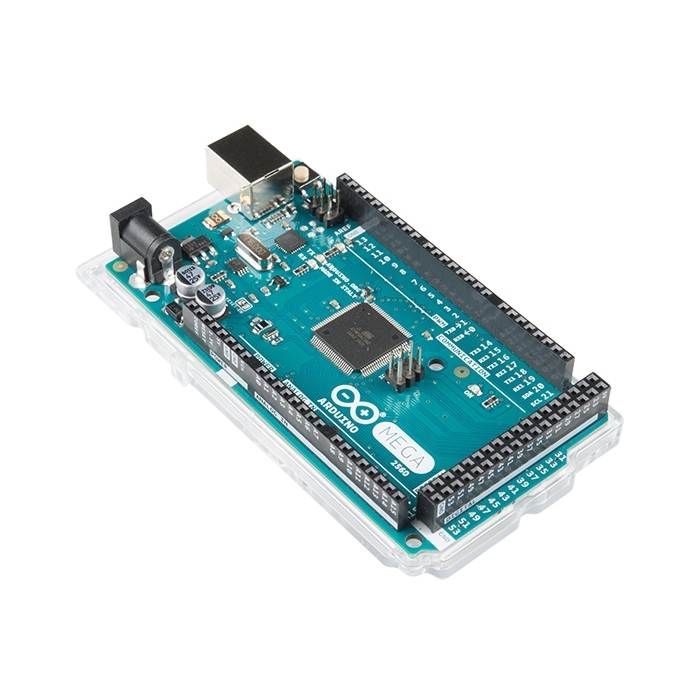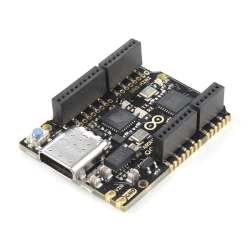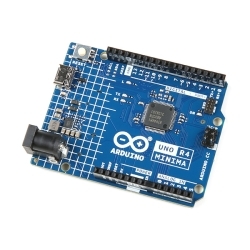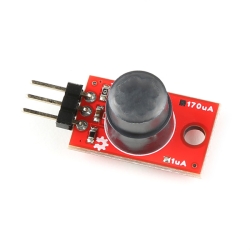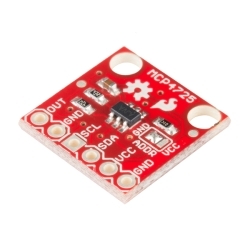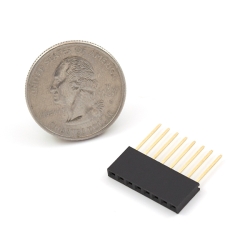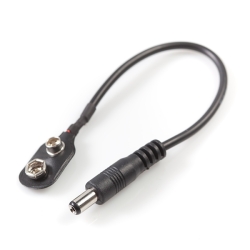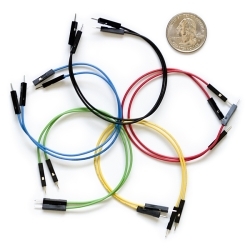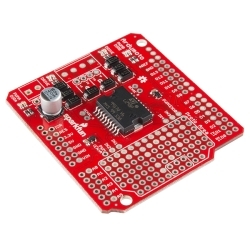Arduino Mega 2560 R3
Product Overview
Arduino is an open-source physical computing platform based on a simple i/o board and a development environment that implements the Processing/Wiring language. Arduino can be used to develop stand-alone interactive objects or can be connected to software on your computer (e.g. Flash, Processing, MaxMSP). The open-source IDE can be downloaded for free (currently for Mac OS X, Windows, and Linux).
The Arduino Mega is a microcontroller board based on the ATmega2560. It has 54 digital input/output pins (of which 14 can be used as PWM outputs), 16 analog inputs, 4 UARTs (hardware serial ports), a 16 MHz crystal oscillator, a USB connection, a power jack, an ICSP header, and a reset button. It contains everything needed to support the microcontroller; simply connect it to a computer with a USB cable or power it with a AC-to-DC adapter or battery to get started. The Mega is compatible with most shields designed for the Arduino Duemilanove or Diecimila.
The Mega 2560 R3 also adds SDA and SCL pins next to the AREF. In addition, there are two new pins placed near the RESET pin. One is the IOREF that allow the shields to adapt to the voltage provided from the board. The other is a not connected and is reserved for future purposes. The Mega 2560 R3 works with all existing shields but can adapt to new shields which use these additional pins.
Not sure which Arduino or Arduino-compatible board is right for you? Check out our Arduino Buying Guide!
Features:
- ATmega2560 microcontroller
- Input voltage - 7-12V
- 54 Digital I/O Pins (14 PWM outputs)
- 16 Analog Inputs
- 256k Flash Memory
- 16Mhz Clock Speed
Documents:
Replaces:DEV-09949
-
 SparkFun PIR Breakout - 1uA (EKMB1107112)
Special Price Current price: $14.95 Regular Price Original price: $32.50In stock
SparkFun PIR Breakout - 1uA (EKMB1107112)
Special Price Current price: $14.95 Regular Price Original price: $32.50In stock -
 SparkFun PIR Breakout - 170uA (EKMC4607112K)
Special Price Current price: $12.90 Regular Price Original price: $21.50In stock
SparkFun PIR Breakout - 170uA (EKMC4607112K)
Special Price Current price: $12.90 Regular Price Original price: $21.50In stock -
-
-
-
-
-
-
-
-
-
-
-
-
Features & Specs
- ATmega2560 microcontroller
- Input voltage - 7-12V
- 54 Digital I/O Pins (14 PWM outputs)
- 16 Analog Inputs
- 256k Flash Memory
- 16Mhz Clock Speed
- Arduino Part #: A000067
Documentation
Customer Reviews


